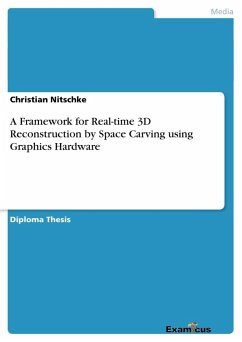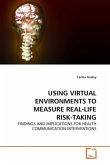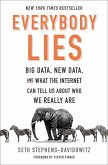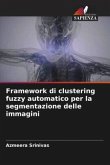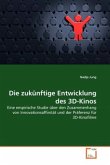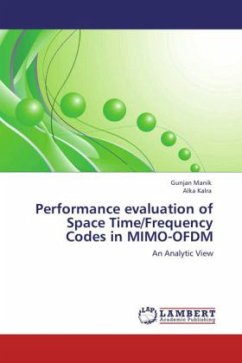Diploma Thesis from the year 2006 in the subject Communications - Research, Studies, Enquiries, grade: 1, University of Weimar, language: English, abstract: Reconstruction of real-world scenes from a set of multiple images is a topic in Computer Vision and 3DComputer Graphics with many interesting applications. There exists a powerful algorithm for shape reconstructionfrom arbitrary viewpoints, called Space Carving. However, it is computationally expensive andhence can not be used with applications in the field of 3D video or CSCW as well as interactive 3D modelcreation. Attempts have been made to achieve real-time framerates using PC cluster systems. While theseprovide enough performance they are also expensive and less flexible. Approaches that use GPU hardwareacceleration on single workstations achieve interactive framerates for novel-view synthesis, but donot provide an explicit volumetric representation of the whole scene. The proposed approach shows theefforts in developing a GPU hardware-accelerated framework for obtaining the volumetric photo hull ofa dynamic 3D scene as seen from multiple calibrated cameras. High performance is achieved by employinga shape from silhouette technique in advance to obtain a tight initial volume for Space Carving. Alsoseveral speed-up techniques are presented to increase efficiency. Since the entire processing is done on asingle PC the framework can be applied to mobile setups, enabling a wide range of further applications.The approach is explained using programmable vertex and fragment processors with current hardware andcompared to highly optimized CPU implementations. It is shown that the new approach can outperformthe latter by more than one magnitude. The downloadable introduction has been written specifically for this offer. Its contents are only a subset of the real introductory chapter of the thesis.
Hinweis: Dieser Artikel kann nur an eine deutsche Lieferadresse ausgeliefert werden.
Hinweis: Dieser Artikel kann nur an eine deutsche Lieferadresse ausgeliefert werden.

